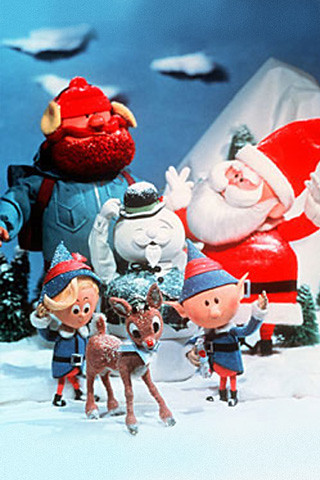In 1974, Rankin/Bass produced an animated special for Television based on the Clement Moore poem. 'Twas the Night Before Christmas tells the story of Joshua Trundle, a local clock maker who tries to entice Santa Claus to come back to the small town of Junctionville after a letter questioning his existence appears in the local paper.
The special stars Joel Grey, star of such movies as Cabaret and comedian George Goebel, whom some may remember from a series of mattress commercials for Sealy posturpedic. The special ran on CBS until the early 90's and currently appears on ABC family television. ABC family was originally CBN, a christian broadcasting network owned by Pat Robertson. The version I have uploaded here is the one edited by CBN because they felt the song "Give your Heart a Try" held too many references to other fairy tales such as leprechauns and the Easter Bunny. They felt since Santa Claus was based on St. Nicholas, that would still be appropriate. As a christian, I think it's silly because kids can distiguish between fantasy and reality and why show it at all if you deem it inappropriate?
Anyway, I have uploaded the entire cartoon here for your enjoyment.





